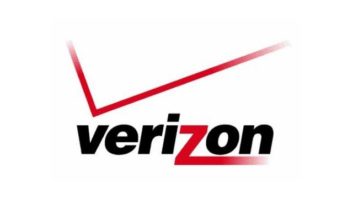Intel is taking the reins to guide the growth of wireless networking and Internet connectivity through a series of internal programs and by collaborating with other firms to make wireless technology widely available.
Intel announced earlier this month that it has formed a new company called Cometa with AT&T and IBM. The goal is to build a nationwide wireless broadband network by 2004, which is just the latest step Intel has taken to ensure its next generation of mobile computer processors are launched into a growing wireless market. Cometa is part an Intel strategy that would make wireless Internet connectivity operate in the same manner as cellphones, with consumers able to access the Web through local providers.
“We want to encourage roaming agreements between carriers,” said Donald McDonald, marketing director for Intel’s mobile platform group.
The first stage of Cometa’s plan will start next year when it begins setting up wireless connectivity in 50 market across the country. AT&T will handle the network infrastructure and IBM much of the back office operation and local site work.
Another on-going program includes investing $150 million to help create wireless Internet access zones, or hot spots, across the nation in airports, hotels and public areas like Bryant Park, here, McDonald said. This is a preliminary measure until widespread access is ready. Through these and upcoming actions Intel expects the number of public hot spots to increase from 15,000 today to 300,000 by 2006.
This work is being done to set the stage for the launch of Intel’s next generation mobile processor, code-named Banias, in mid 2003. Banias will represent an entirely new class of processor for Intel, placed above the Pentium 4 brand, McDonald said. The processor is about 40 percent faster than the top-end Pentium 4 mobile chip, but 46 percent smaller and much more energy efficient.
As part of the plan to make wireless accessible Intel will not charge a premium for the new processor. Instead it will carry the same cost as the top-end Pentium model, McDonald said.
“By doing this we hope to get the chip into more notebooks computers right away,” he said, adding that by next year Intel expects 30 percent of mobile PCs sold to incorporate wireless technology.
The processor was designed as a wireless platform from the ground up, unlike Pentium 4 and Pentium III chips, which had the ability added as an afterthought. It combines a CPU with a chipset and needed 802.11b/a wireless technology. Another innovation is an enhanced version of Intel’s SpeedStep battery conservation technology that adds about one hour of battery life making it more energy efficient than current Pentium III processors.
Since this will eliminate one of the primary reasons for keeping PIII chips on the market, McDonald said Intel would stop promoting them, although the company will supply the chips to interested vendors.
Intel’s goal is to develop a battery with an eight-hour life and is looking into new areas like fuel cells to make this happen.
Another Intel support effort focuses on conducting primary research into what consumer’s want in a notebook. This leads to Intel building concept products, which are then refined and finally shown to vendors like Hewlett-Packard and Dell as templates for future models.
McDonald said this program has a two-fold purpose. To take up the slack left by PC vendors that, due to the PC sales slowdown, might not have the cash to handle this type of work. This in turn will ensure that notebook manufactures know how to build a computer that obtains the optimal performance from Intel’s processors.
Intel started this process more than two years ago in preparation for Banias’ release, and it is the first processor to fully benefit from the program, he said.







